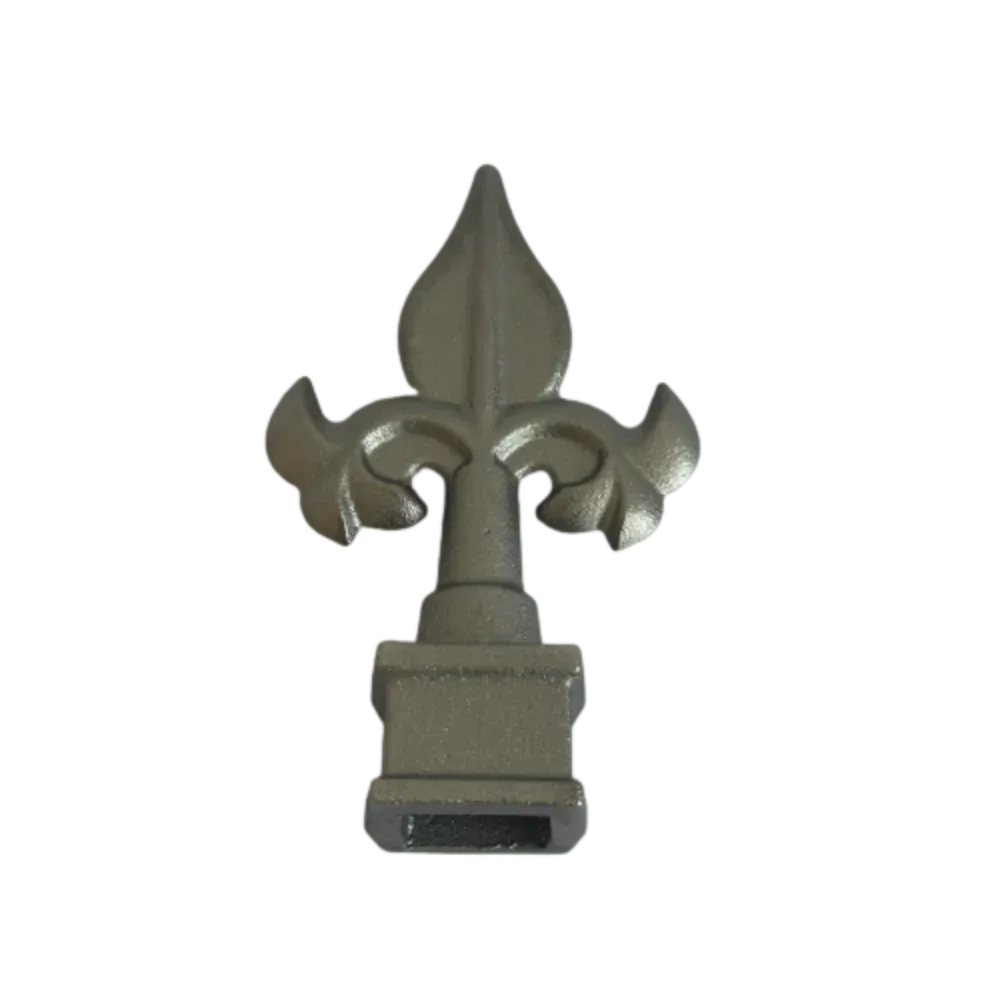wrought iron fence parts
Understanding Wrought Iron Fence Parts A Comprehensive Guide
Wrought iron fences are a popular choice for both residential and commercial properties due to their blend of elegance, durability, and security. An essential aspect that contributes to the strength and aesthetic appeal of these fences is their various parts. In this article, we will explore the key components of wrought iron fences and their functions, helping you to better understand how these fences are constructed and maintained.
1. Posts
The fundamental structure of any fence begins with its posts. Wrought iron fence posts are typically made from solid iron for maximum strength and stability. They are placed at regular intervals to support the entire structure of the fence. Depending on the design and height of the fence, posts can vary in thickness. The depth to which posts are embedded in the ground is crucial as it provides stability, preventing the fence from leaning or being uprooted by harsh weather conditions.
2. Rails
Rails are the horizontal components that connect the posts and serve as the backbone of the fence. Wrought iron fences generally feature upper and lower rails. The upper rail is particularly important for maintaining the visual appeal of the fence, while the lower rail provides additional support and structure. Rails can come in various styles and designs, allowing homeowners to personalize their fences according to their tastes.
3. Pickets
Pickets are the vertical elements that fill the spaces between the rails and provide the fence with its distinctive appearance. They are usually spaced evenly apart, creating a sense of openness while still serving as a barrier. Pickets can vary in height, width, and design—ranging from flat-topped to pointed designs, which can add unique character to the fence. Standard picket spacing not only contributes to a uniform look but also maintains the necessary strength of the fence.
4. Gates
wrought iron fence parts

A wrought iron fence is typically completed with one or more gates, providing access while maintaining security. Gates can range from single-panel designs to double gates for wider openings. The construction of a gate often matches that of the fence, ensuring a cohesive aesthetic. Gates can be equipped with various locking mechanisms, offering additional security for your property.
5. Finials
Finials are decorative elements that are placed on top of the posts or pickets. They add a touch of elegance and can be designed in various styles, from simple balls to intricate floral designs. Finials not only serve as a finishing touch but can also deter climbing. By choosing the right finial design, homeowners can enhance the overall look of their wrought iron fence.
Brackets and connectors are essential for securing the components of the fence together. These small but vital parts play a significant role in ensuring the strength and stability of the entire structure. They help attach the rails to the posts and support the alignment of the fence. Using high-quality brackets is important for the longevity of your wrought iron fence.
7. Coating and Finishes
Lastly, the durability of wrought iron fence parts is significantly enhanced by protective coatings and finishes. Wrought iron is prone to rust, so a good quality powder coating or galvanization process is essential. These coatings not only extend the life of the fence but also provide a variety of color and texture options to suit your aesthetic preferences.
Conclusion
Wrought iron fence parts each serve a distinct purpose and play a crucial role in the overall integrity and beauty of the fence. Understanding these components can help homeowners make informed decisions about design, maintenance, and installation. Whether you are looking to enhance your property’s security or add a touch of elegance, a wrought iron fence is a timeless choice that combines functionality with aesthetic appeal. By paying attention to the quality and design of each part, you can ensure that your wrought iron fence remains a stunning and durable feature of your home for many years to come.
-
Wrought Iron Components: Timeless Elegance and Structural StrengthNewsJul.28,2025
-
Window Hardware Essentials: Rollers, Handles, and Locking SolutionsNewsJul.28,2025
-
Small Agricultural Processing Machines: Corn Threshers, Cassava Chippers, Grain Peelers & Chaff CuttersNewsJul.28,2025
-
Sliding Rollers: Smooth, Silent, and Built to LastNewsJul.28,2025
-
Cast Iron Stoves: Timeless Heating with Modern EfficiencyNewsJul.28,2025
-
Cast Iron Pipe and Fitting: Durable, Fire-Resistant Solutions for Plumbing and DrainageNewsJul.28,2025
-
 Wrought Iron Components: Timeless Elegance and Structural StrengthJul-28-2025Wrought Iron Components: Timeless Elegance and Structural Strength
Wrought Iron Components: Timeless Elegance and Structural StrengthJul-28-2025Wrought Iron Components: Timeless Elegance and Structural Strength -
 Window Hardware Essentials: Rollers, Handles, and Locking SolutionsJul-28-2025Window Hardware Essentials: Rollers, Handles, and Locking Solutions
Window Hardware Essentials: Rollers, Handles, and Locking SolutionsJul-28-2025Window Hardware Essentials: Rollers, Handles, and Locking Solutions -
 Small Agricultural Processing Machines: Corn Threshers, Cassava Chippers, Grain Peelers & Chaff CuttersJul-28-2025Small Agricultural Processing Machines: Corn Threshers, Cassava Chippers, Grain Peelers & Chaff Cutters
Small Agricultural Processing Machines: Corn Threshers, Cassava Chippers, Grain Peelers & Chaff CuttersJul-28-2025Small Agricultural Processing Machines: Corn Threshers, Cassava Chippers, Grain Peelers & Chaff Cutters












